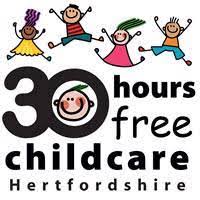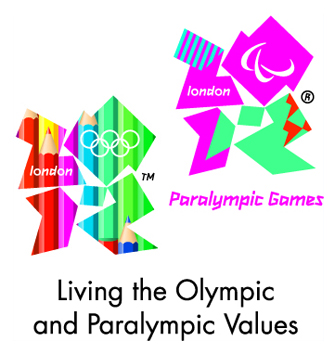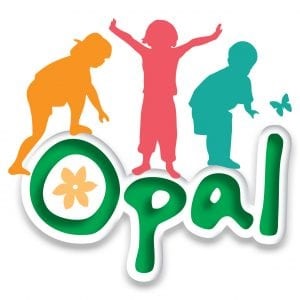Computing
St Philip Howard Catholic Primary School
Computing Curriculum
Computing Intent
At St Philip Catholic Primary School, we provide a well-balanced KS1 and KS2 computing curriculum that builds our pupils with skills and knowledge to become lifelong learners. Through our enriching computing scheme of learning (Teach Computing), we provide pupils with quality first teaching to develop and consolidate their knowledge and build connections in computer science. Whilst ensuring our pupils are computer literate at the end of KS2. E-Safety is embedded throughout our curriculum and designed to teach pupils how to stay safe online and be aware of potential risks.
Our Aims
- Well balanced Computing Curriculum for KS1 and KS2
- All pupils to develop their understanding of computer science and become more computer literate through using a range of devises
- Quality first teaching in Computing
- All teachers following ‘Teach computing’ scheme of learning. With accurate formative and summative assessment
- Evidence of learning represented in the form of a class book and Google Classroom
- E-safety to be covered every term in each year group
Our Catholic Ethos within Computing
At St Philip Howard Catholic Primary School ‘our cross-curriculum and multi key stage approach helps us to embed the principles of Catholic Social Teaching. It helps us to contextualise the National Curriculum with the beliefs and values of the gospel and the Catholic tradition, aspiring to reach the highest possible levels of learning.’ Through our Teach Computing scheme of learning we provide pupils with the opportunities to evolve and widen their experiences in their understanding of computing technology and give them time to develop and progress their knowledge enabling them to fulfil their full potential as learners.
Implementation and Scheme of Learning
‘Teach Computing’ scheme of learning is based around a spiralled curriculum (themes are revisited regular) approach where we consolidate and build on prior learning. Therefore, reducing the amount of knowledge lost through forgetting. The structure of the ‘Teach Computing Curriculum’ is divided into six units ensuring all aspects of the DfE Computing Primary National Curriculum are covered.
- Computing systems and networks
- Creating media A
- Creating media B
- Programming A
- Programming B
- Data and information
Pupils will be taught these units through a sequence of lessons that build on the learning from the previous lesson. This coherent structure enables pupils to demonstrate their progression through concepts and skills, developing their knowledge and understanding more effectively.
12 pedagogy Principles
Through ‘Teach Computing’ we follow the 12 pedagogy principles of how to teach computing. These 12 principles are embodied in the Teach computing Curriculum and their application can be found through the units.
E-Safety
Our pupils are taught to understand E-safety and how to remain safe online and protect themselves from risk. We teach E-Safety through computing lessons, E-Safety days and PSHE lessons. ‘God has a special plan for every single one of us, whoever we are. Our part in this plan isn’t just limited to things ‘spiritual’, or times when we do “religious things.” It involves every aspect of our lives, from the things we pray about, to how we live as a responsible global citizen.’ Within our teaching of E-Safety we are ensuring we are creating responsible and conscious individuals who can safely navigate ever changing technology and the internet in a sensible and educated manner.
National Curriculum
The DfE states ‘A high-quality computing education equips pupils to use computational thinking and creativity to understand and change the world. Computing has deep links with mathematics, science, and design and technology, and provides insights into both natural and artificial systems. The core of computing is computer science, in which pupils are taught the principles of information and computation, how digital systems work, and how to put this knowledge to use through programming. Building on this knowledge and understanding, pupils are equipped to use information technology to create programs, systems and a range of content. Computing also ensures that pupils become digitally literate – able to use, and express themselves and develop their ideas through, information and communication technology – at a level suitable for the future workplace and as active participants in a digital world.’ (DfE, 2013).
Curriculum Enrichment
At St Philip Howard Catholic Primary School, we like to provide pupils with opportunities to learn and develop skills outside of our school setting. In year 5, our pupils visit Onslow Secondary School for a computing enrichment programme. Our pupils take part in a series of enriching lessons where the teachers and pupils from Onslow teach our children how to use different programmes, giving them a chance to develop and foster their computing skills.
Computing Curriculum Overview
Impact
Assessment
Through our scheme of learning ‘Teach Computing’ we assess using formative and summative assessment. With overall teacher judgement being inputted into Arbor termly.
Formative assessment
Every lesson includes opportunities for formative assessment. Through formative assessment such as teacher observations, questioning and carefully selected activities. It highlights pupils progress within the unit and ensures that misconceptions can be recognised and addressed. Through the use of formative assessment teacher are able to adapt their teaching to suit the needs of the pupils.
Summative assessment
There are two main approaches to our summative assessment these being Multiple Choice Quiz (MCQ) and Rubric.
MCQ
Each of the MCQ questions has been carefully chosen to represent learning that has been covered within the unit. This form of assessment is used to determined how well pupils have understood the content, and what pupils have misunderstood if they have not achieved as expected.
Rubric
Rubric is a tool used to help teachers assess project-based learning. Each rubric covers the application of skills that have been directly taught across the unit. It allows teachers to assesses projects that pupils have created, focusing on the appropriate application of skill and concepts. This form of assessments allows teachers to assess if pupils are working within their age group.
Special educational Needs & Disability
Through our carefully chosen scheme of learning (Teach Computing) activities are adaptable and scaffolded so that all pupils can achieve and thrive. Scaffolded resources provide pupils with extra resources, such as visual prompt and adapted task. A range of computing devises are available to suit individual needs.
Mastery in Computing
Exploratory tasks foster a deeper understanding of a concept, encouraging pupils to apply their learning in different context and make connections with other learning experiences.












